Croatian Museum of Naïve Art
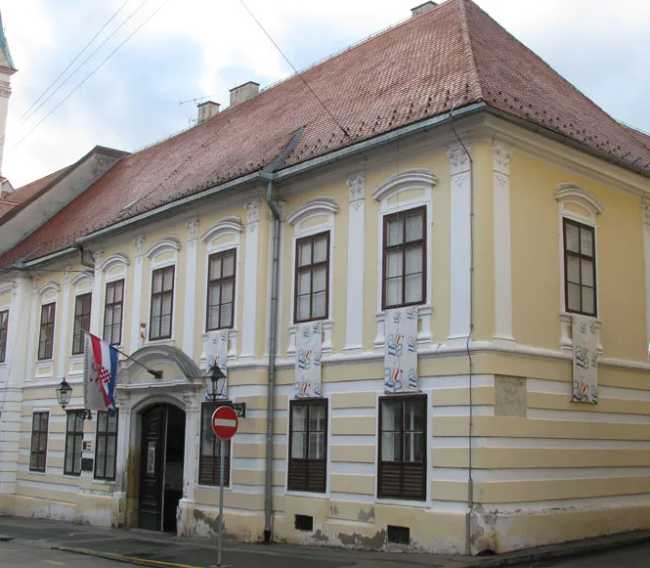
The Croatian Museum of Naïve Art in Zagreb is the world’s first museum dedicated exclusively to naïve art, showcasing works by self-taught artists who developed distinctive, emotionally resonant styles outside academic traditions. Founded in 1952 and housed in the 18th-century Raffay Palace in the city’s Upper Town, the museum holds a collection of over 1,900 pieces, including paintings, sculptures, drawings, and prints. The core of the collection features Croatian masters of the Hlebine School, such as Ivan Generalić, Ivan Rabuzin, and Mijo Kovačić, whose vivid, dreamlike imagery captures rural life, folklore, and personal visions. The museum also includes works by international naïve artists, offering a global perspective on this expressive genre. Though compact in size, the museum’s rotating exhibitions highlight the depth and diversity of naïve art, making it a must-visit for those seeking an intimate and thought-provoking cultural experience in Zagreb’s historic center.
Zagreb CroatiaThe Croatian Museum of Naïve Art is located at Sv. Ćirila i Metoda 3 in Zagreb’s historic Upper Town (Gornji Grad), housed in the elegant 18th-century Raffay Palace. This museum is renowned as the world’s first institution dedicated exclusively to naïve art, showcasing a collection of over 1,900 works including paintings, sculptures, drawings, and prints. The exhibits focus primarily on Croatian naïve artists, especially those from the influential Hlebine School, featuring masters like Ivan Generalić, Franjo Mraz, and Ivan Lacković Croata, whose colorful and emotive works span from the 1930s through the late 20th century. Situated just opposite the Museum of Broken Relationships and near the iconic St. Mark’s Church, the Croatian Museum of Naïve Art benefits from its prime location in a culturally rich neighborhood. Visitors can easily explore nearby landmarks such as the Stone Gate and the Croatian Parliament building, as well as enjoy the vibrant atmosphere of Tkalčićeva Street, known for its lively cafes and boutiques. The museum is also accessible via the city’s shortest funicular railway, which connects the Upper Town with the Lower Town, making it convenient to combine a visit with other key attractions in Zagreb’s historic core.
 Museum of Broken Relationships
Zagreb
Museum of Broken Relationships
Zagreb
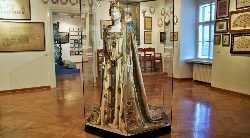 Zagreb City Museum
Zagreb
Zagreb City Museum
Zagreb
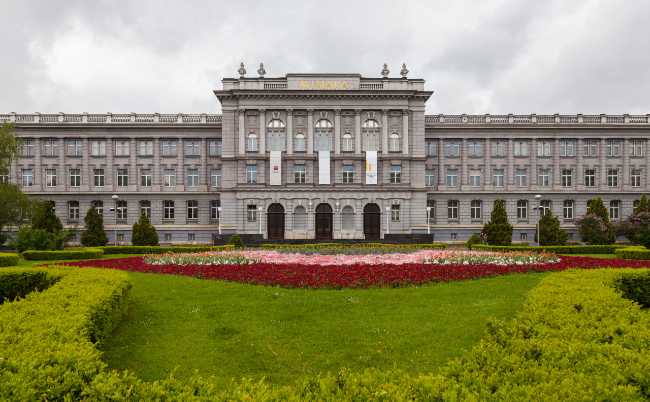 Mimara Museum
Zagreb
Mimara Museum
Zagreb
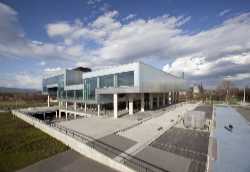 Museum of Contemporary Art
Zagreb
Museum of Contemporary Art
Zagreb
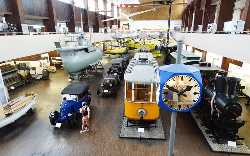 Technical Museum Nikola Tesla
Zagreb
Technical Museum Nikola Tesla
Zagreb
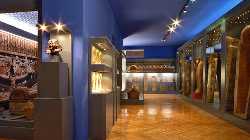 Archaeological Museum in Zagreb
Zagreb
Archaeological Museum in Zagreb
Zagreb
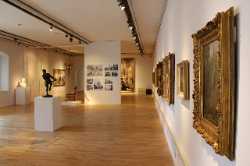 Klovićevi Dvori Gallery
Zagreb
Klovićevi Dvori Gallery
Zagreb
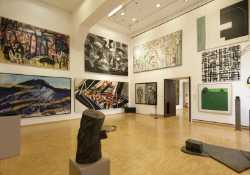 National Museum of Modern Art
Zagreb
National Museum of Modern Art
Zagreb
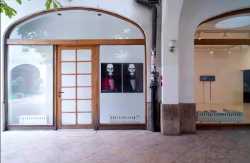 Galerija Nova
Zagreb
Galerija Nova
Zagreb
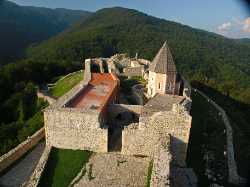 Medvedgrad Fortress
Zagreb
Medvedgrad Fortress
Zagreb
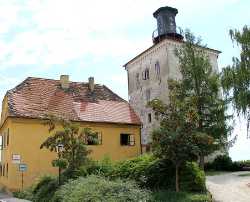 Lotrščak Tower
Zagreb
Lotrščak Tower
Zagreb
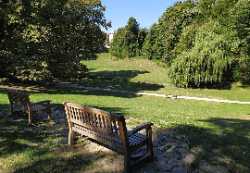 Maksimir Park
Zagreb
Maksimir Park
Zagreb
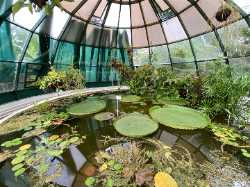 Botanical Garden of the Faculty of Science
Zagreb
Botanical Garden of the Faculty of Science
Zagreb
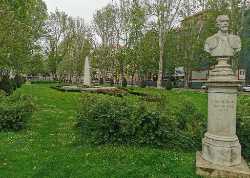 Zrinjevac Park
Zagreb
Zrinjevac Park
Zagreb
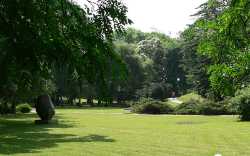 Ribnjak Park
Zagreb
Ribnjak Park
Zagreb
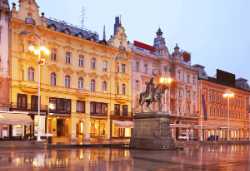 Ban Jelačić Square
Zagreb
Ban Jelačić Square
Zagreb
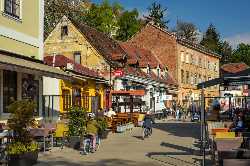 Tkalčićeva Street
Zagreb
Tkalčićeva Street
Zagreb
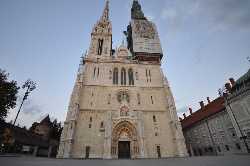 Zagreb Cathedral
Zagreb
Zagreb Cathedral
Zagreb
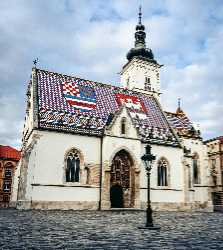 St. Mark’s Church
Zagreb
St. Mark’s Church
Zagreb
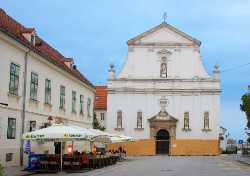 St. Catherine’s Church
Zagreb
St. Catherine’s Church
Zagreb
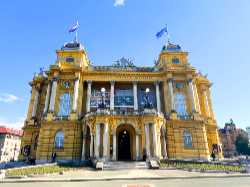 Croatian National Theatre
Zagreb
Croatian National Theatre
Zagreb
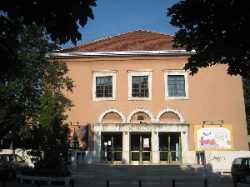 Komedija Theatre
Zagreb
Komedija Theatre
Zagreb
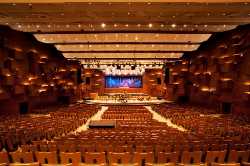 Lisinski Concert Hall
Zagreb
Lisinski Concert Hall
Zagreb
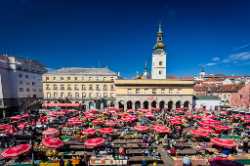 Dolac Market
Zagreb
Dolac Market
Zagreb
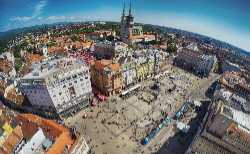 Zagreb 360°
Zagreb
Zagreb 360°
Zagreb
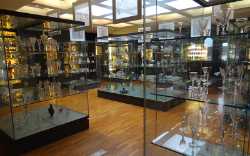 Museum of Arts and Crafts
Zagreb
Museum of Arts and Crafts
Zagreb
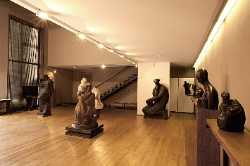 Meštrović Atelier
Zagreb
Meštrović Atelier
Zagreb
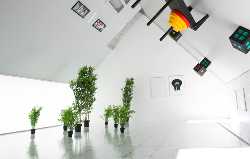 Museum of Illusions Zagreb
Zagreb
Museum of Illusions Zagreb
Zagreb
 Ethnographic Museum Zagreb
Zagreb
Ethnographic Museum Zagreb
Zagreb
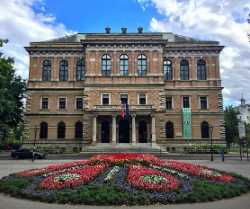 Strossmayer Gallery of Old Masters
Zagreb
Strossmayer Gallery of Old Masters
Zagreb
 Gliptoteka HAZU
Zagreb
Gliptoteka HAZU
Zagreb
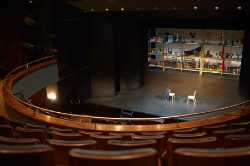 Gavella Drama Theatre
Zagreb
Gavella Drama Theatre
Zagreb
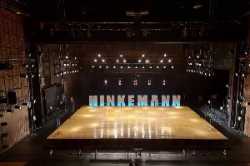 Zagreb Youth Theatre
Zagreb
Zagreb Youth Theatre
Zagreb
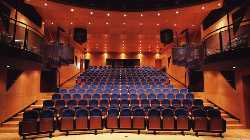 Zagreb Puppet Theatre
Zagreb
Zagreb Puppet Theatre
Zagreb
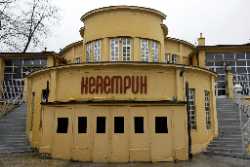 Satirical Theatre Kerempuh
Zagreb
Satirical Theatre Kerempuh
Zagreb
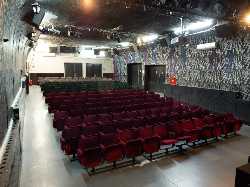 Teatar &TD
Zagreb
Teatar &TD
Zagreb
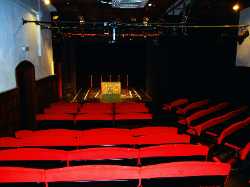 Mala Scena Theatre
Zagreb
Mala Scena Theatre
Zagreb
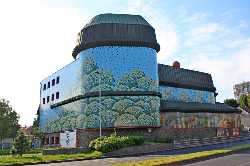 City Theatre Trešnja
Zagreb
City Theatre Trešnja
Zagreb
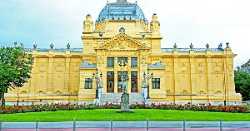 Art Pavilion
Zagreb
Art Pavilion
Zagreb
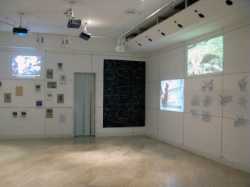 Galerija Miroslav Kraljević
Zagreb
Galerija Miroslav Kraljević
Zagreb
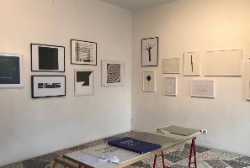 Galerija Greta
Zagreb
Galerija Greta
Zagreb
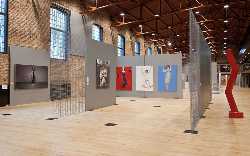 Lauba
Zagreb
Lauba
Zagreb
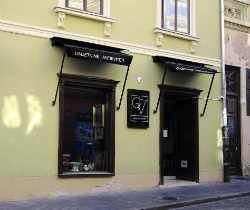 Vugrinec Gallery
Zagreb
Vugrinec Gallery
Zagreb